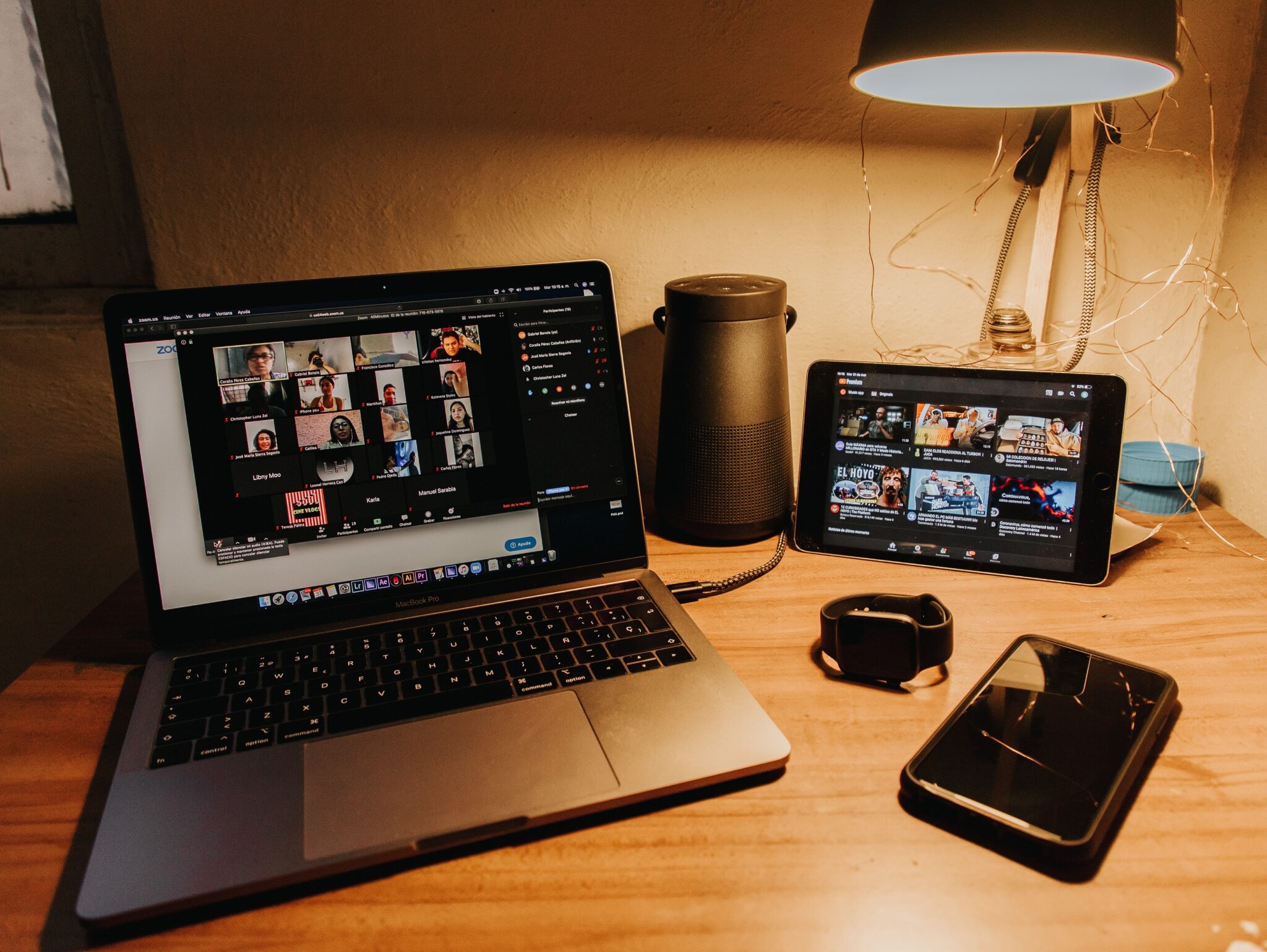The Federal Communications Commission (FCC) earlier this month voted to require video conferencing platforms such as Zoom, Microsoft Teams, or Webex to comply with accessibility requirements under the Communications Act.
Video conferencing is used by millions of people for workplace meetings, online classes, and basic conversations with family and friends. Yet, for many people with disabilities, making effective use of video conferencing continues to be a challenge.
“When physical doors closed and group events were cancelled during the pandemic, the virtual spaces provided by conferencing platforms became an essential way to connect,” said FCC Chairwoman Jessica Rosenworcel. “But for people with disabilities this shift has been especially challenging…because inconsistent accessibility features on these platforms have not always made it possible to communicate.”
The FCC says that those inconsistent accessibility features include, among other things, a lack of ─ or inferior ─ captioning, ineffective display of sign language interpreters, an inability for blind or low-vision users to find and use volume controls, and insufficient user control of accessibility tools.
In its Notice of Proposed Rulemaking, the commission proposed the following items to improve the accessibility of video conferencing services:
- Captioning (speech-to-text) capabilities
- Text-to-speech capabilities
- Enabling the use of sign language interpreting
The action clarifies that video conferencing services must comply with FCC accessibility rules under the 21st Century Communications and Video Accessibility Act. Officials say that it also aligns with a fundamental idea of the Communications Act that when technology changes, accessibility policies need to evolve and keep pace.
“The FCC is charged with ensuring that individuals who are deaf, hard of hearing, deafblind, or who have speech disabilities can communicate in a manner that is functionally equivalent to those without such disabilities,” said Commissioner Geoffrey Starks. “Too often, as we’ve heard from our Disability Advisory Committee, that isn’t the case with video conferencing.”
Additionally, the commission is seeking comment on:
- Whether more performance objectives are needed (for example, to support individuals with other types of disabilities or to enable users to control the activation and appearance of accessibility features)
- Rules for integration of Telecommunications Relay Services (TRS) with video conferencing without a dial-up telephone connection
- When multiple communications assistants may be assigned to relay service calls that involve users of different forms of TRS
The FCC has yet to announce the dates for filing comments and replies on the proposal.




